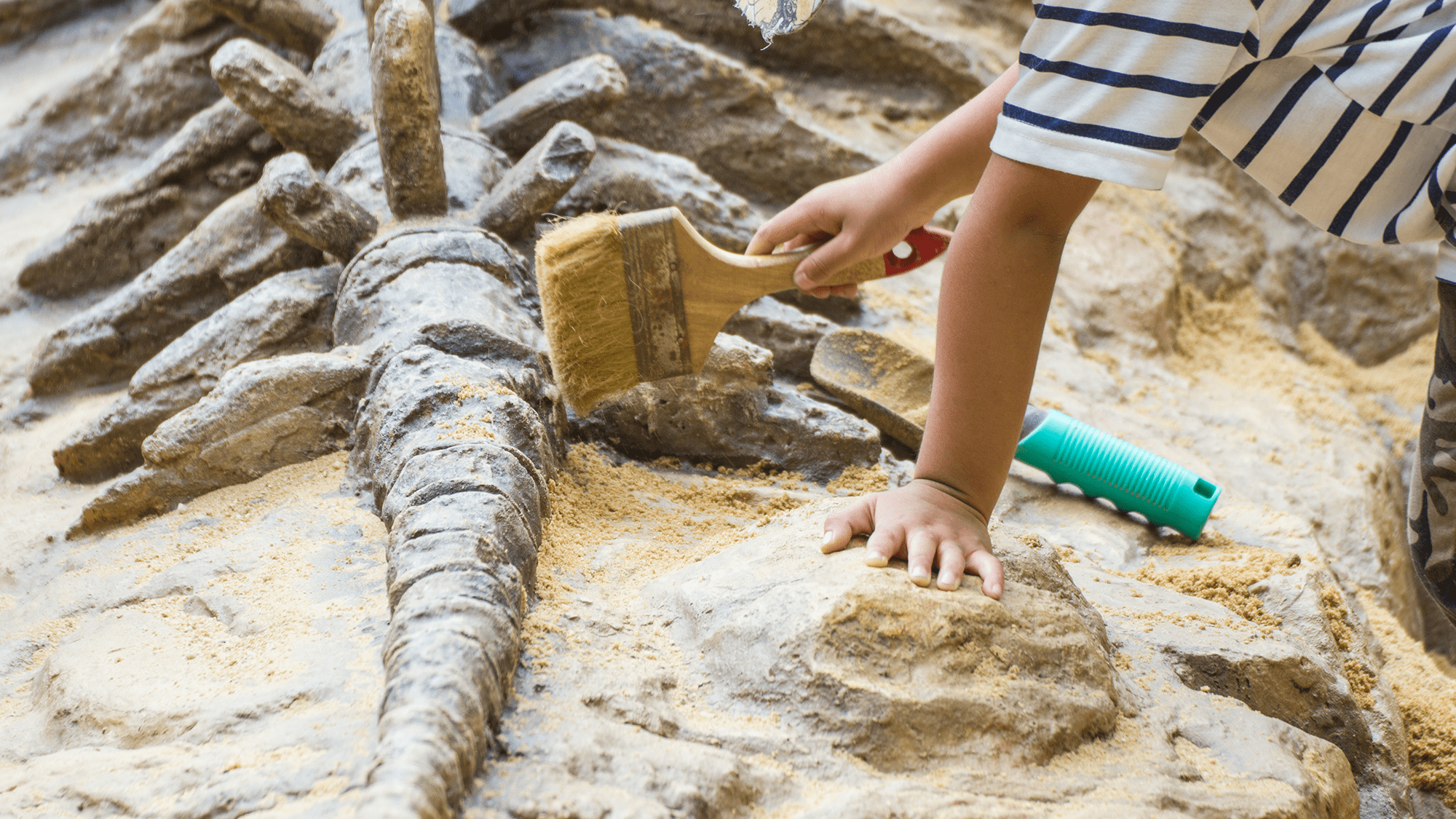

What’s the weirdest thing you learned this week? Well, whatever it is, we promise you’ll have an even weirder answer if you listen to PopSci’s hit podcast. The Weirdest Thing I Learned This Week hits Apple, Spotify, YouTube, and everywhere else you listen to podcasts every-other Wednesday morning. It’s your new favorite source for the strangest science-adjacent facts, figures, and Wikipedia spirals the editors of Popular Science can muster. If you like the stories in this post, we guarantee you’ll love the show.
FACT: Kids might just be better (amateur) archeologists than adults are
By Rachel Feltman
A few months ago, an eight year old girl named Elise was playing during recess at her school in Norway. She bent down to pick up a piece of litter, and noticed a nice rock. So she grabbed it. Her teacher was like, Elise, sorry, I have to confiscate this rock, because I’m pretty sure it’s an object of historical significance! Don’t you hate it when that happens?
It turned out to be a neolithic dagger—a more than 4,000 year old hunk of flint from the time when humans were transitioning to agricultural lifestyles.
This story got me thinking about kids finding fossils and other ancient relics. There are so many news stories like this one! In 2006, the Hamilton Junior Naturalist Club in New Zealand took a group of children to go fossil-hunting. The kids found a 30-million-year-old giant penguin. In 2014, two different kids—one 10 and one 11—found prehistoric projectiles on the same stretch of New Jersey beach within weeks of one another.
In 2015, a four-year-old named Wiley was out with his dad, a zookeeper, and spotted a 100-million-year-old dinosaur bone. In 2018, a Swedish eight-year-old named Saga reached into the water at her family’s lake house and pulled out a three-foot-long sword that turned out to be 1,500 years old. In 2019, a 12 year old Ohio boy named Jackson Hepner was playing around in a creek bed when he stumbled across an odd, jagged object jutting out of the mud. It turned out to be a 7-inch-long mammoth tooth.
In 2021, the Libyan department of antiquities honored six children who had found relics from different eras by chance while playing in the vicinity of an ancient city. The department of antiquities had launched an awareness campaign to encourage youth and other citizens to keep an eye out for artifacts, and to turn them in instead of selling them. Also in 2021, a four year old named Lily Wilder was walking with her parents on the beach in South Wales and spotted a fossilized dinosaur footprint, which turned out to be 220 million years old.
What gives? Is this just about newspapers being biased in favor of adorable kids covered in dirt? Almost certainly yes. But that doesn’t mean kids don’t have a very real edge over adults when it comes to finding fossils and other ancient treasures.
In a 2019 Atlas Obscura article, Jessica Leigh Hester spoke to several archaeologists who agreed that kids have the advantage when it comes to being an amateur relic hunter. They’re curious, they’re closer to the ground, they tend to relish in getting dirty, and they’re not self-conscious or nervous about scrabbling around or getting on the ground to take a closer look at something.
As promised in this week’s episode, here’s more info on the “closet archeology” adventures happening in one NYC elementary school. We love ancient history!
FACT: Spicy peppers may have a quite unlikely origin
By Sara Kiley Watson
Where do chili peppers come from? Many folks would say South America, and for good reason. Until very very recently, scientists believed that chili peppers evolved in South America at most 15 million years ago. Chili peppers are varieties of the berry-fruit of plants from the genus Capsicum, which are members of the nightshade family Solanaceae. Solanacea makes up a ton of the most important plants in your pantry—tomatoes, potatoes, peppers, tomatillos, eggplants. But it also has some toxic cousins: belladonna, mandrake, tobacco to name a few. These kinds of plants are found kind of everywhere in the world, but tend to be happiest in tropical latin america where they are abundant and widely distributed.
But, these flavorful little fruits actually likely have a much longer back story—one that could start in an unexpected locale. In 2021, a postdoc and undergrad student in Colorado met up to check out some specimens in the collection from the Green River Formation. What they found could shake up the spicy history of this culinary favorite.
FACT: The Babylonians were absolutely god-like at mathematics
By Moiya McTier
A paper from 2016 shows evidence that ancient Babylonians used an advanced form of abstract geometry 1400 years before it was thought to be invented in England. Dr. Mathieu Ossendrijver studied clay tablets that describe how the Babylonians used geometry instead of arithmetic to track the motion of Jupiter. They were interested in the big planet’s behavior because they thought it reflected the will of their patron god Marduk. We already knew Babylonians were influential astronomers, but now we know they were equally prodigious mathematicians!
